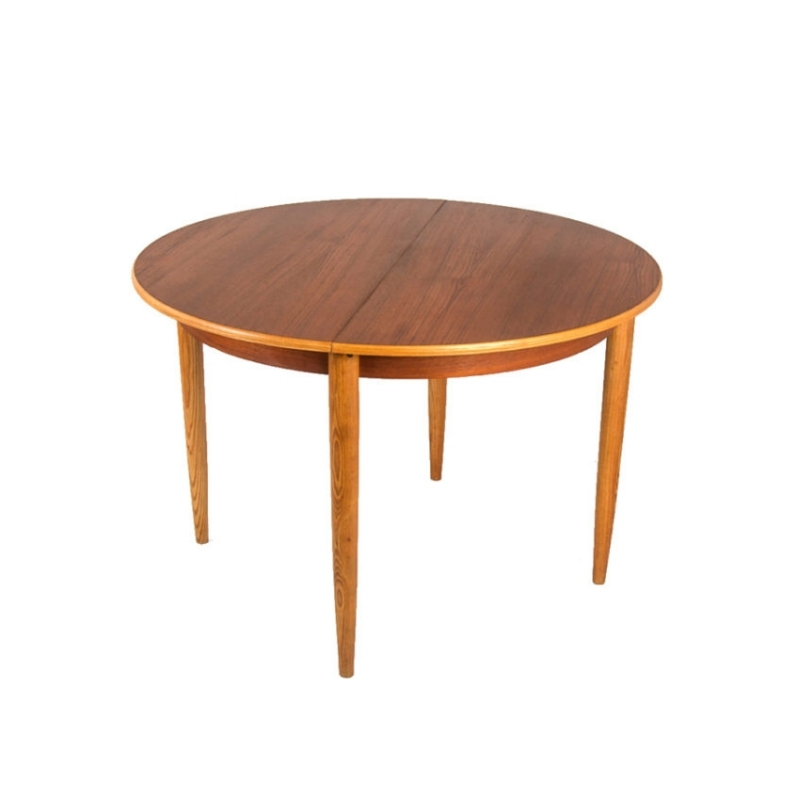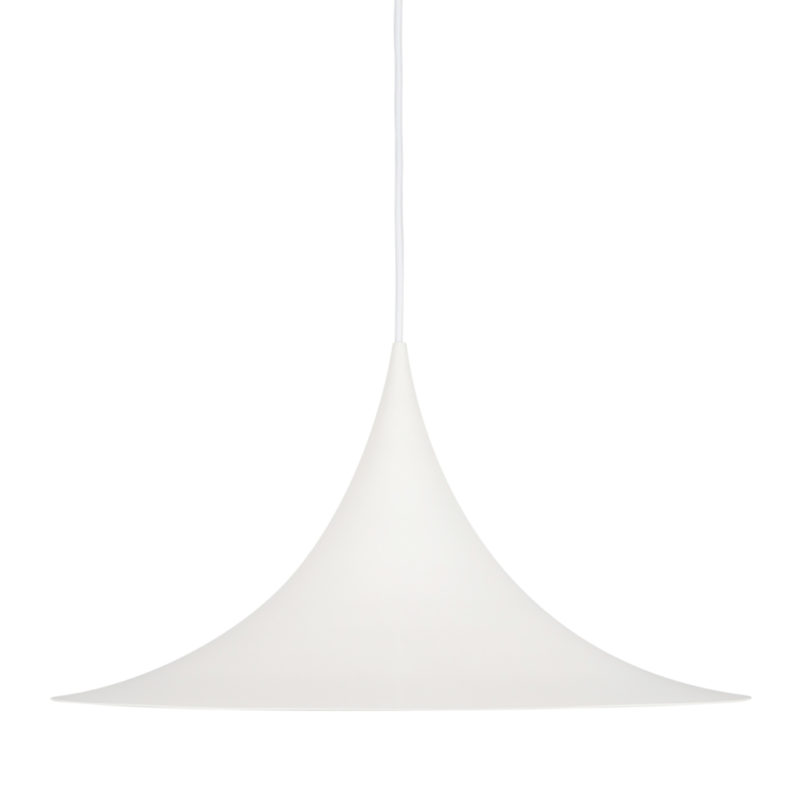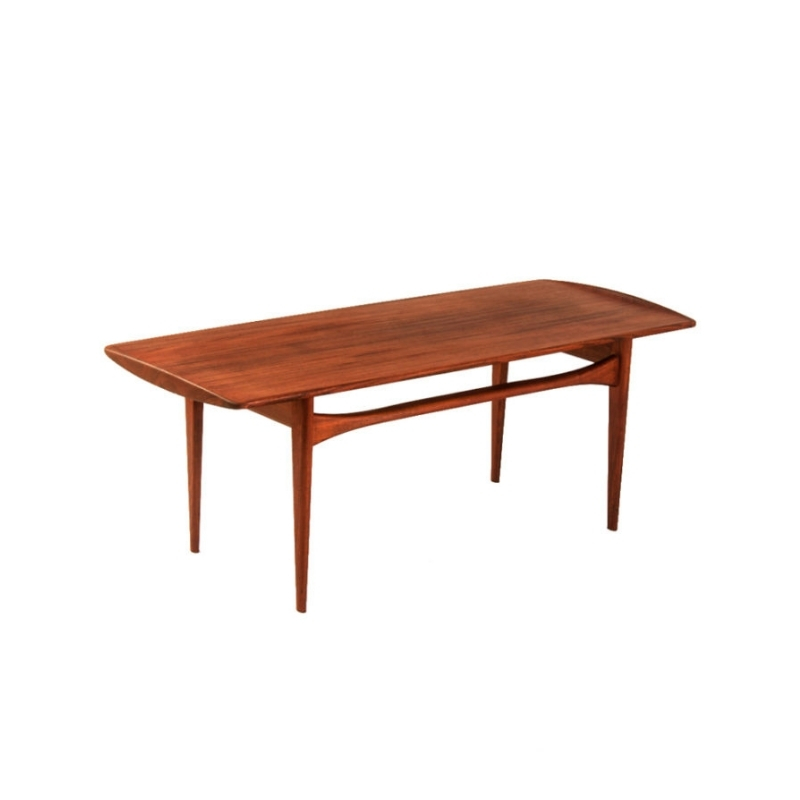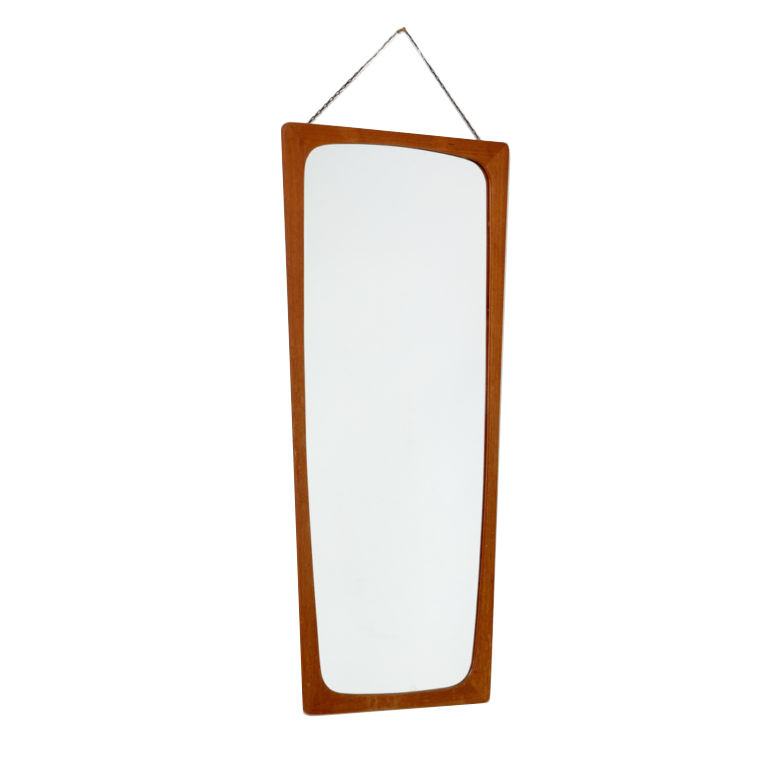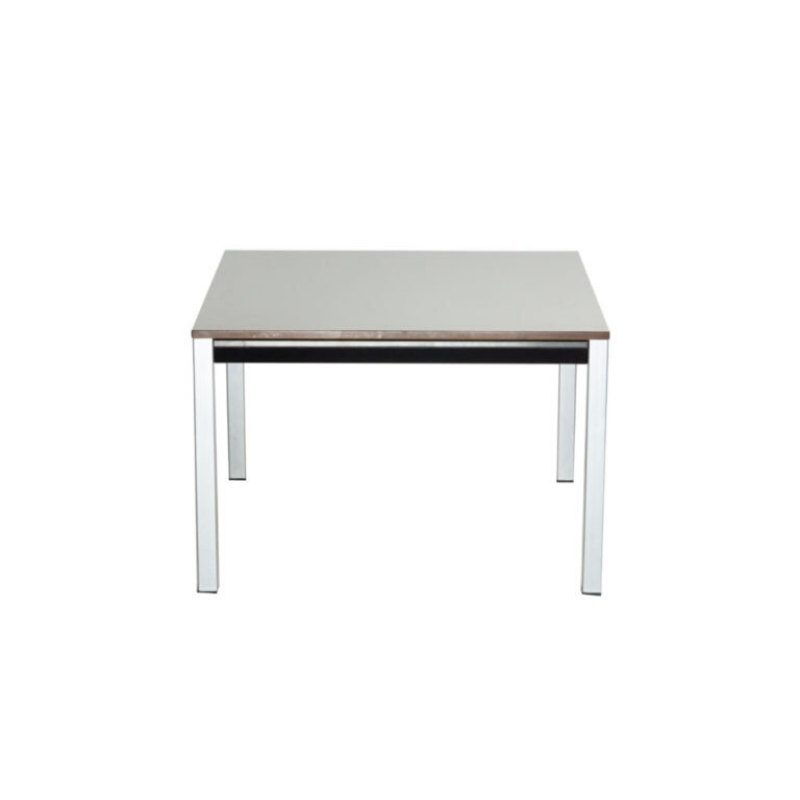I got this wood frame chair for virtually nothing. You can probably see why. There aren't any indications as to maker. I thought it was probably American because it's a bit "clunky" for lack of a better word. If you have ideas on its origin or agree it's American, I'd appreciate your input. Regardless, I still like its structure, so I'm going to try to make it usable. I'm trying to determine the best way to deal with the seat. It currently has a heavy piece of cardboard with a canvas-like surface in the seat area. It's stained and warped. I can't imagine this is original but I just don't know. It doesn't seem to have a very elegant construction. I'm thinking about just removing that piece and finding some way of replacing the seat area. Any suggestions on the best way to do this are welcome. I've thought of using a piece of wood to mimic the cardboard piece or maybe doing something more advanced. I'm just not sure.
Thanks for any suggestions.
 <img class="wpforo-default-image-atta
<img class="wpforo-default-image-atta
SandraG,
I agree, this chair does look like it was produced in America. It is very derivative of some very popular chair designs which were being imported into the states from Denmark. While not a terribly unique or original design, or anything by a noted designer or manufacturer, it is not entirely without merit. If the frame is solid, stable and the finish not too rough, I think you could easily have a couple of cushions made and the chair rendered quite serviceable. Though not impossible, I suspect that the cardboard or pressboard seat decking is not original. If you have a decent upholster who can make some cushions for you, they can also inspect the seat and frame to confirm what I suspect, which is that there was originally either straps, webbing, or springs to support the seat cushion. If that is the case, they could easily install new straps or webbing for you. If you use wood or another rigid seat support it will not have the same “give” and will change the way it sits, probably for the worse. If the seat support is rigid, it should be contoured and/ or the foam padding would need to be denser and thicker so as to not create a hard, less comfortable seat.
My only other advice would be to keep an eye on the bottom line. While the chair could easily be returned to good, useable condition you would probably want to make sure that you do not invent more into it than it is ultimately worth. Not that you want or need to sell it to get your investment back. Sometimes it is worth spending money on something that you just want to use and enjoy. But if it proves to be more costly than buying a different chair which would end up having greater aesthetic and monetary value, you might want to consider abandoning this piece in favor of a chair which will better hold its value.
Thanks so much for the comments and advice.:) My plan for this chair (if I fix it) would just be every day use. I'm glad you agree it's likely American and not something I can "hurt". I wouldn't feel guilty about the wear and tear it could go through in my home.
I need to work on finding an upholsterer. We are limited in my area and I'll likely have to travel an hour just to find one. Hopefully, someone can make a repair without it costing it too much.
Thanks, again!
I had a chair once very similar to yours, and didn't pay much at all for it, either. I'm sure it's American-made. I stripped the lacquer off mine with lacquer thinner and then ebonized it with permanent India ink (super easy to do). Then gave it a coat of paste wax for a soft glow.
Mine had either jute or elastic webbing that was held in place with metal clips on the inside edges of the seat frame. These had sawtooth edges to grip the webbing and were screwed into the frame. I chucked them all and just stapled new elastic webbing to the top surface of the seat frame.
This photo is not great. The cushions were done in a wool that was more of a soft bluish green. Because the chair frame had a heavier look to it, I did 4" thick foam on the seat and 3" on the back.
You don't need to find an upholsterer who specializes in mid-century modern for this job. It's just basic box cushions, same as are on most traditional sofas and chairs. These generally cost much less to make than upholstering a chair frame.
Just choose a good quality MCM-appropriate fabric and tell your upholsterer to do only 1/2" thick batting wrap on the foam. Most of them will do much thicker batting unless you say otherwise because they are used to doing more traditional cushions with a very plump look to mimic down fill.
I love how your chair turned out. It looks great! If I can get mine to turn out like that, I'll be happy. Thanks for sharing how you brought it back to life. I never mind finding a chair like this with no particular pedigree because that means I can work on it without ruining it.:) I'm going to try to get started on this one this week and see what happens.
Haha, genius---that's funny. I'm good at a couple of things but the rest of life is a mystery to me.
I should also say that permanent India ink, which is what you want to use, has a little shellac added to it, which is what makes it permanent. And shellac has to be in alcohol to dissolve it, which means it's gonna dry quickly. Non-permanent India ink is easier to use but it will rub off unless you seal it with something. So if you're using the permanent type, test it on a piece of bare, clean scrap wood to see how it flows on and how much time you have to touch it up with out the brush leaving marks. I've used some that had shorter open time than others, I guess it just depends on the brand. And maybe how old it is? I don't really know.
Did I also mention that disposable gloves are a good idea? Even one stray drop of ink can spread a LOT. And if it gets under your nails it's hard to clean off.
If you need any help, please contact us at – info@designaddict.com





